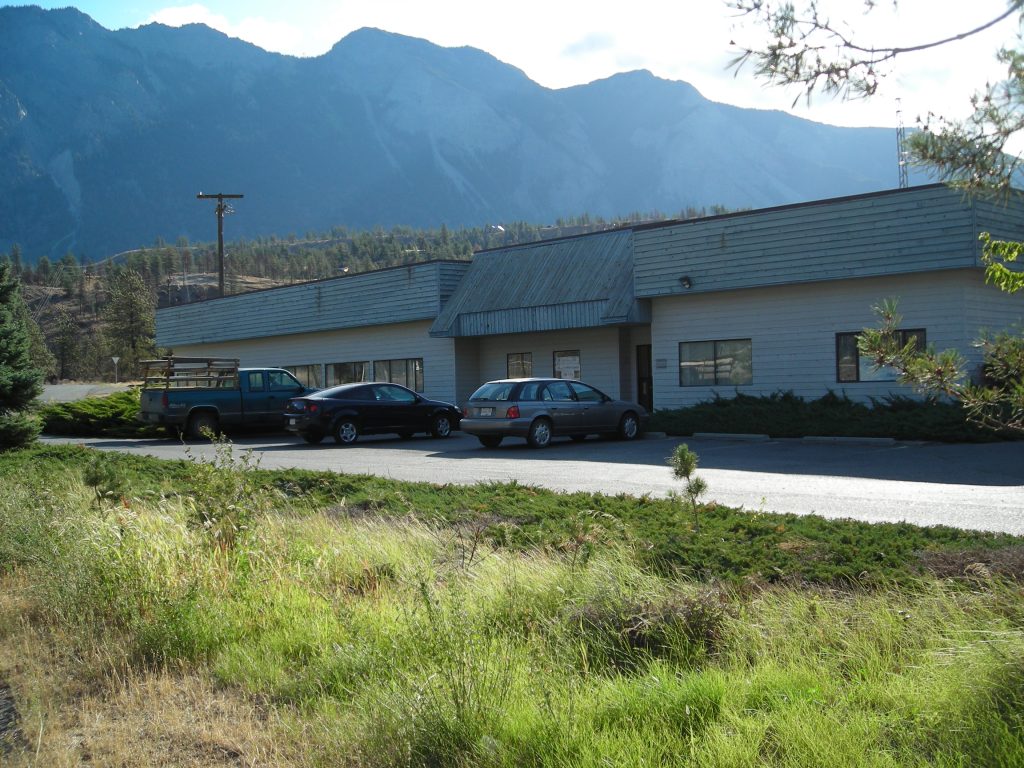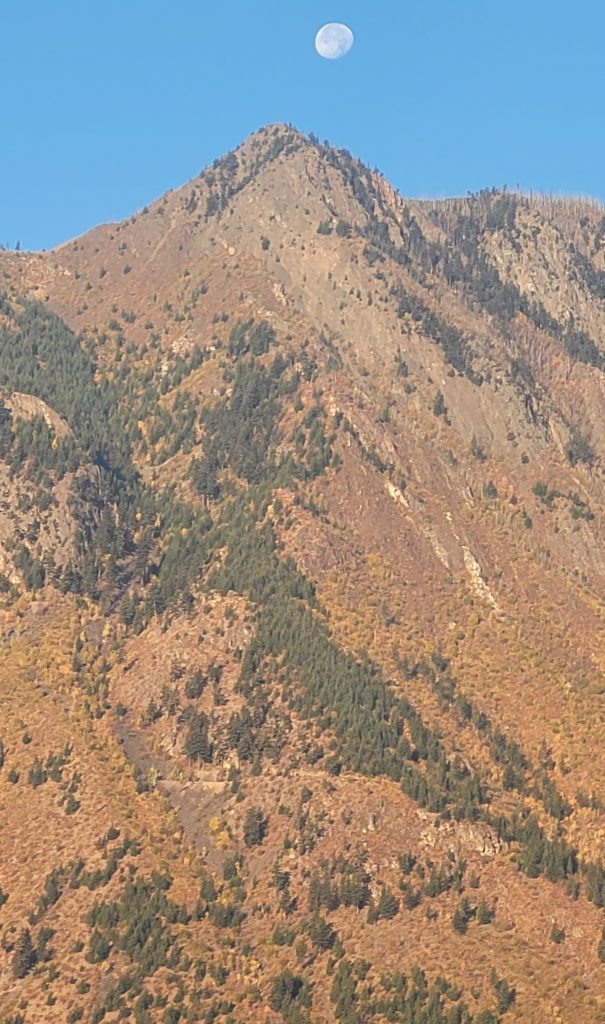The Upper St̓át̓imc Language,
Culture and Education
Society(USLCES)
Lillooet
British Columbia, Canada.
k̓alhwá7alap nsnekw̓núk̓wa7
(Translation: Hello, my friends/relatives)
Learn Nothern St̓át̓imcets on: FirstVoices.ca
St̓át̓imc Cultural Items on: USLCES Online Museum


As a registered charitable organization, USLCES has worked since 1991 on behalf of its First Nations communities and band councils to enhance and maintain St̓át̓imcets (St̓át̓imc language) and other cultural knowledge through education in the Lillooet area and beyond. Please browse this site to learn more about who we are and the many projects that we have completed and are working on.
Comments can be added to the
USLCES
PO Box 1420
650 Industrial Place
Lillooet, BC
V0K 1V0
TELE: (250) 256-7523
FAX (250) 256-7119

The Government of Canada has contributed funding to this initiative.
Copyright
All material on this site, including but not limited to text, images, illustrations, audio clips, is protected by copyrights which are owned and controlled by USLCES or by other parties that have licensed their material to USLCES. Material from the site or any website owned, operated, licensed or controlled by the USLCES may not be copied, reproduced, republished, uploaded, posted, transmitted, or distributed in any way. Specifically, you may not link directly to our audio or image files, and you should not attempt to “pass off” any of the Material as your own work. Modification of the Material or use of the material for any other purpose is a violation of the copyrights and other proprietary rights. For purposes of these Terms and Conditions, the use of any Material on any other website or networked computer environment is prohibited.

